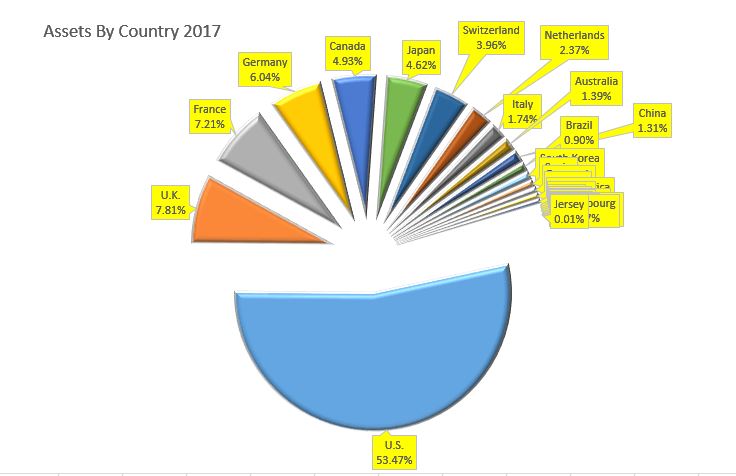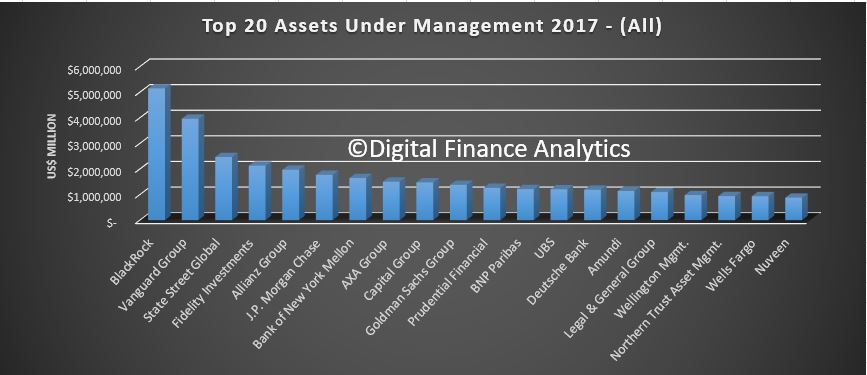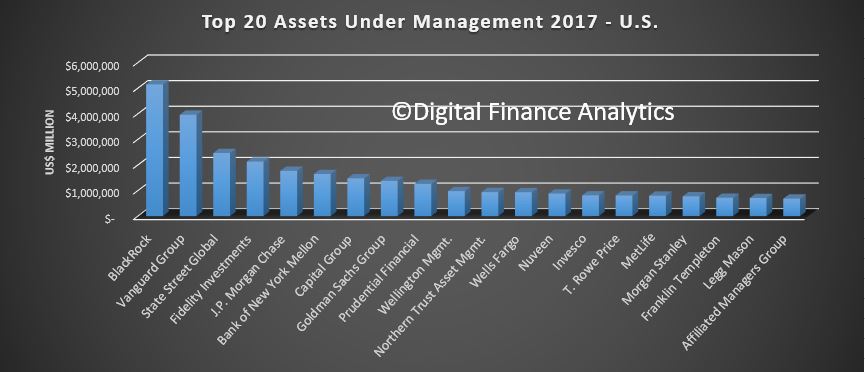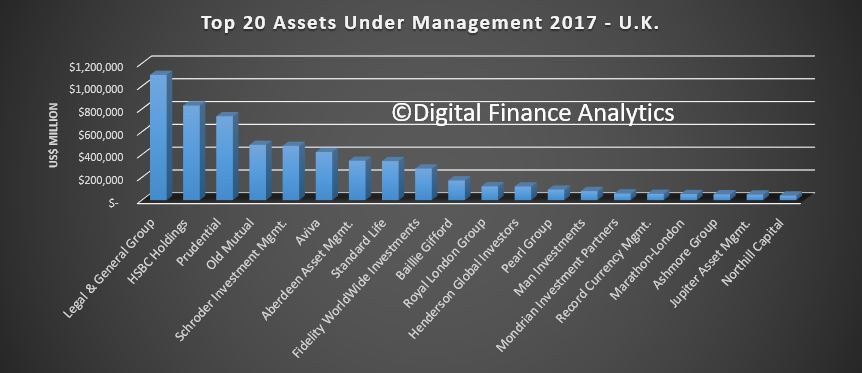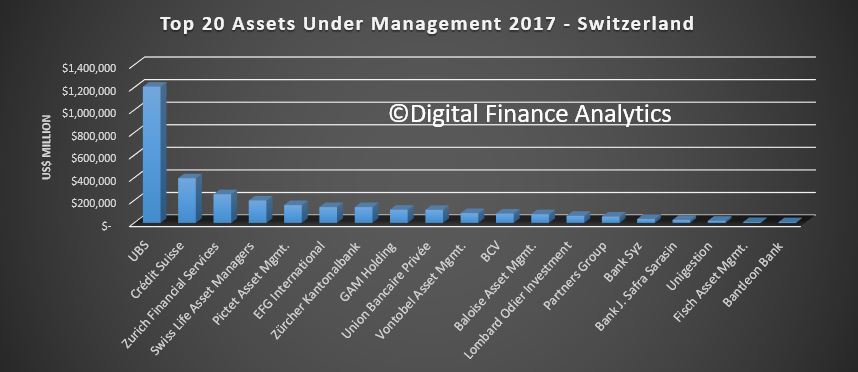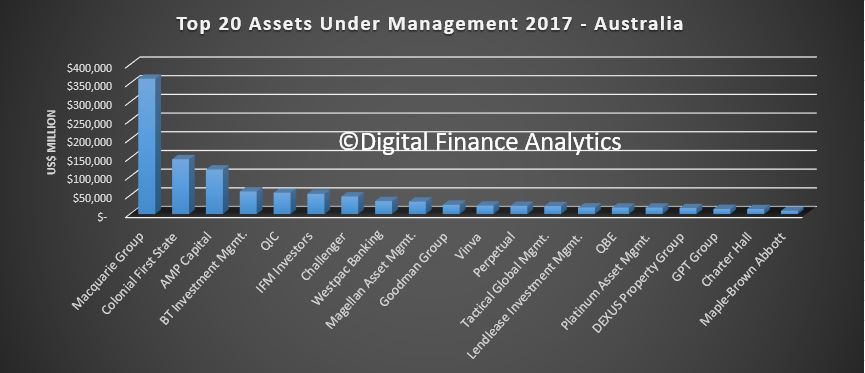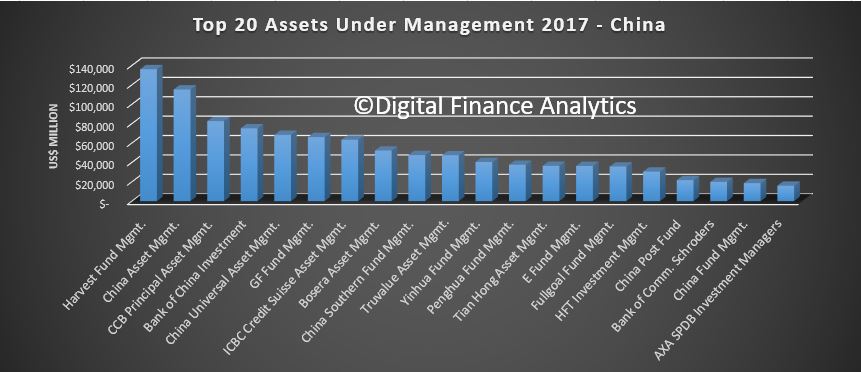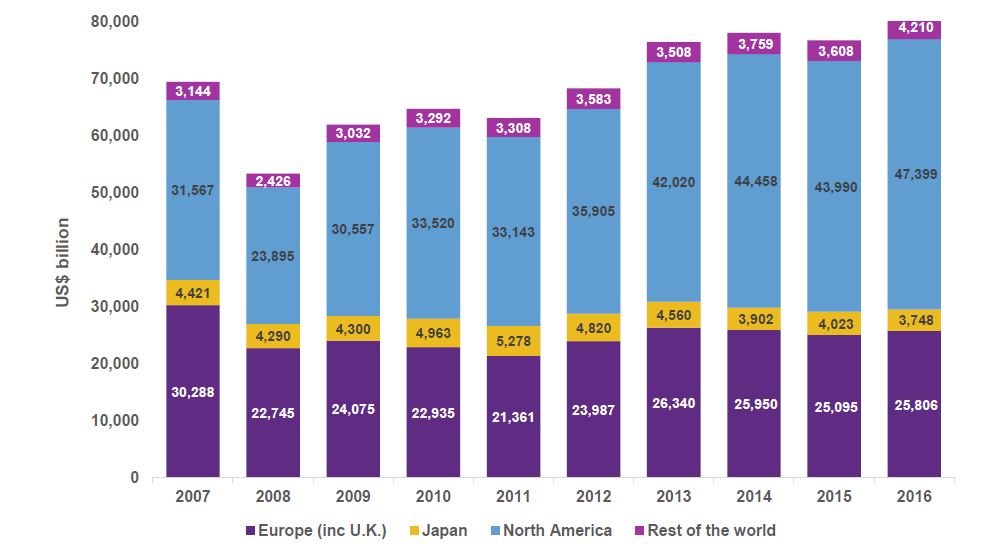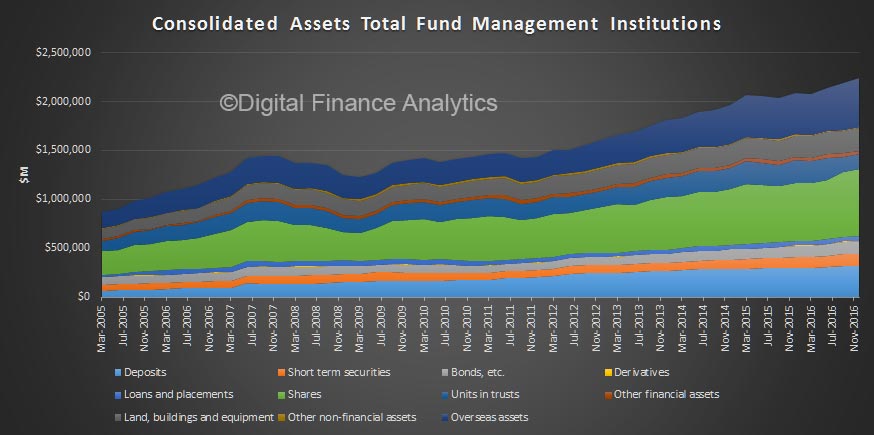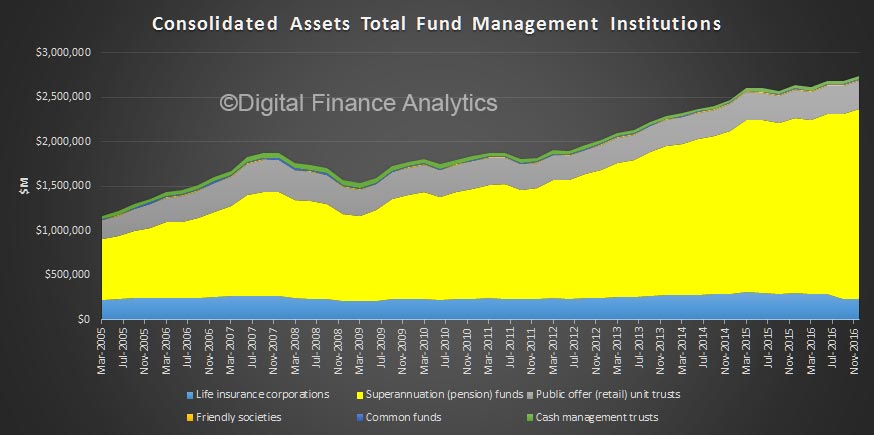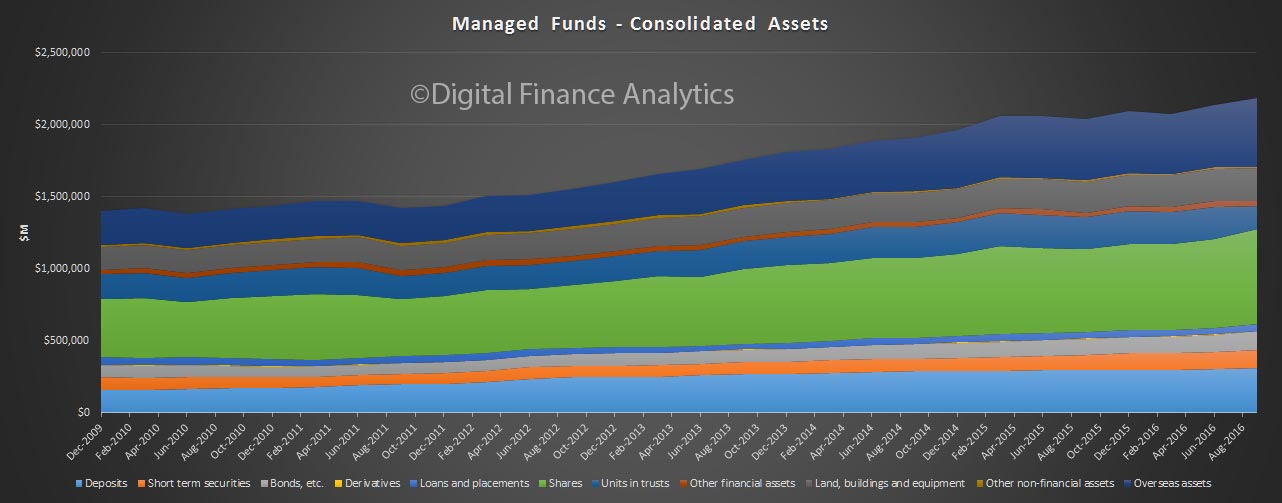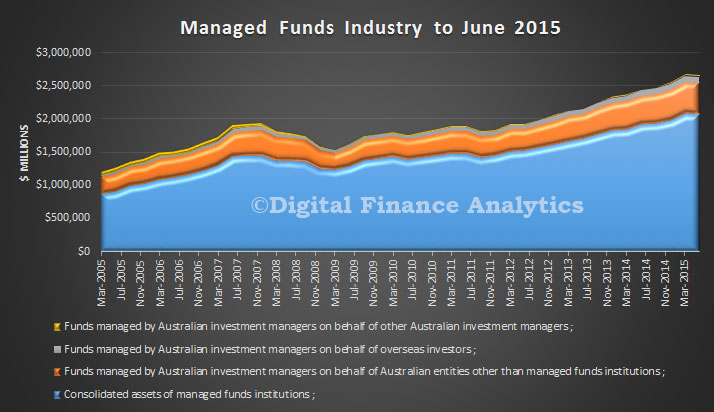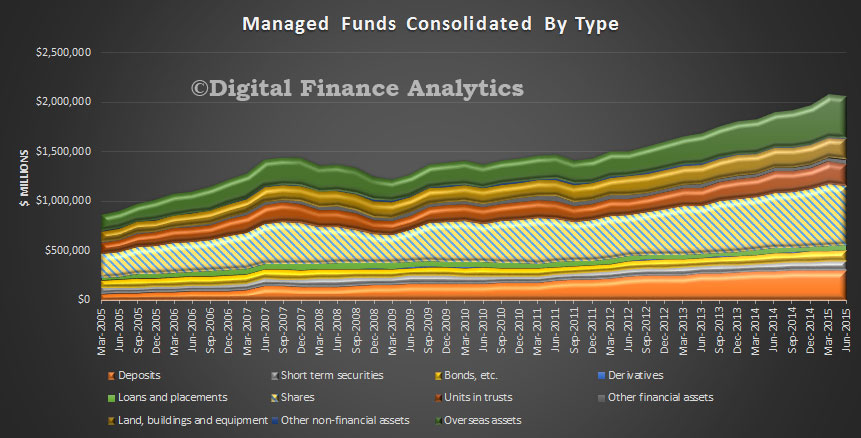ASIC has imposed additional licence conditions on the Australian financial services (AFS) licence of IOOF Investment Services Ltd (IISL) as part of an application by IISL to vary its licence.

IISL sought a variation to its licence to facilitate the transfer of managed investment scheme, investor directed portfolio services (IDPS) and advice activities from IOOF Investment Management Ltd (IIML) to IISL. The transfer is part of a reorganisation of the broader corporate group (IOOF Group).
In granting the licence variation, ASIC has decided to impose additional conditions relating to the governance, structure and compliance arrangements of IISL.
ASIC’s decision to impose additional licence conditions took into account concerns highlighted by the Financial Services Royal Commission about the real and continuing possibility of conflicts of interests in IOOF Group’s business structure, ASIC’s past supervisory experience of these entities and material supplied by IISL as part of its licence variation application. IISL agreed to the imposition of the additional licence conditions.
In summary, the additional conditions specifically cover:
- governance – by requiring that IISL has a majority of independent directors with a breadth of skills and background relevant to the operation of managed investment schemes and IDPS platforms;
- the establishment of an Office of the Responsible Entity (ORE) – that is adequately resourced and reports directly to the IISL board, with responsibility for:
- oversight of IISL’s compliance with its AFS licence obligations;
- ensuring IISL’s managed investment schemes are operated in the best interests of their members; and
- overseeing the quality and pricing of services provided to IISL by all service providers (including related companies),
- the appointment of an independent expert, approved by ASIC, to report on their assessment of the implementation of the additional licence conditions.
ASIC Commissioner Danielle Press said, ‘ASIC is serious about improving the quality of governance and conflicts management across the funds management sector and ensuring that investors’ best interests are the highest priority of fund managers.
‘ASIC will use its licensing power, including through the imposition of tailored licence conditions to address governance weaknesses, the risk of poor conduct or vulnerabilities to conflicts of interest in a licensee’s business model.’

